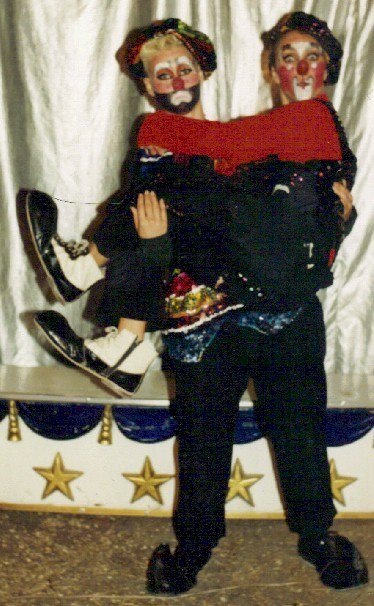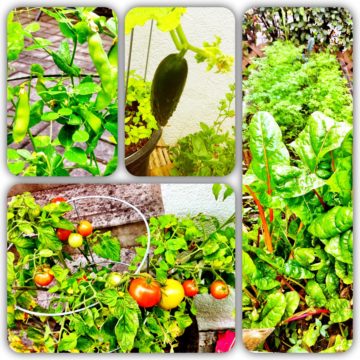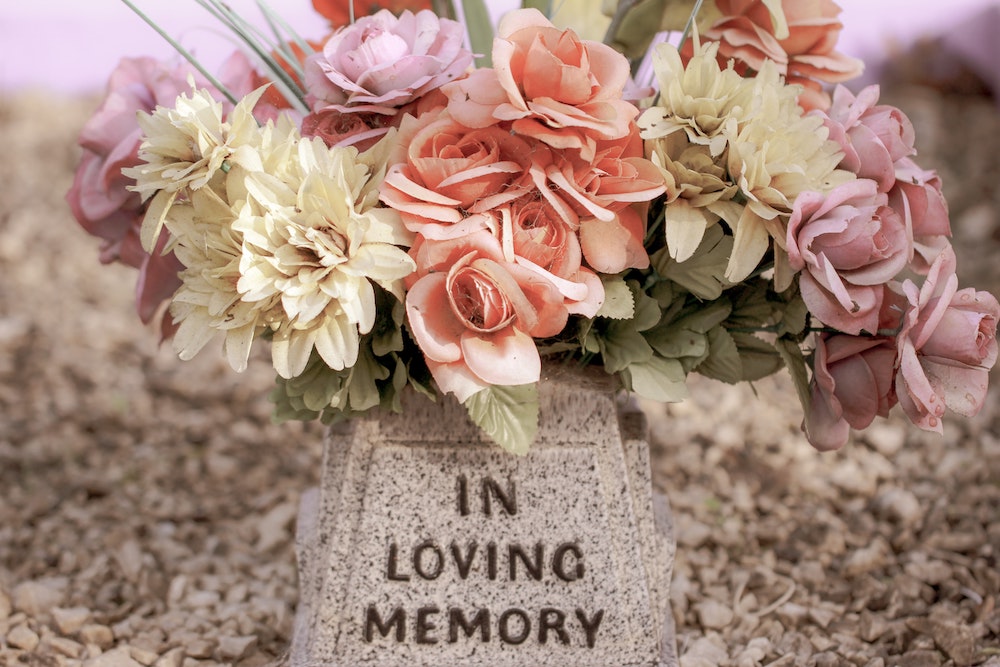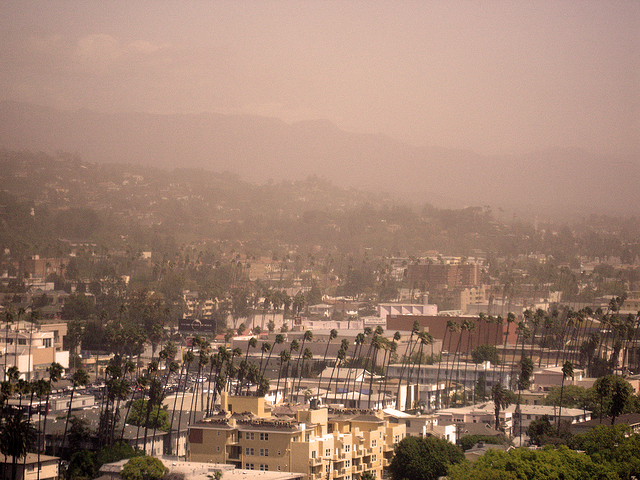As a child, I never thought much about where my food came from or what was in it. Lunch never came with a toy, there wasn’t a drive thru within 50 miles of our house and you ate what was served – no questions asked. Growing up in the Peace Country of Northern Alberta on a tract of land in a farming community, I knew all about cattle and pigs, collected eggs from hens and even watched chickens get slaughtered. I spent endless hours driving past fields of wheat and yellow rapeseed, rock picking in the summer and jumping hay bales in the fall.
We grew an enormous garden every year and picked wild blueberries and strawberries. One fall I remember coming home from school to a dull eyed dead moose hanging from an impromptu wooden teepee in the backyard. Deer, moose, rabbit, grouse – we ate it all – and by the time the harsh northern winter melted away into a crisp spring, all we ate were lentils.
Nutritional fads, “super” foods and diet crazes were never a part of the landscape. Our plates followed the seasons and dining out was a treasured event. I understood the ethical responsibilities of raising animals for food, I recognized the smell of good soil and saw what a sacrifice and labor of love farming was for the families that made it their living.
After high school by the twists and turns of fate, I ended up bouncing down the dusty back roads of rural Mexico for a decade-long adventure in a traveling circus. My sister and I had blindly signed up to learn on the fly – drawn by the spark of danger, guarantee of adventure and this particular circus owners commitment to the golden renaissance of the acrobatic arts, to create a show without the use of performing animals.
We ate at late-night taco stands and roadside stalls, getting fresh steaming tamales from the baskets of grizzled old ladies, their fingertips deadened to the steam from a lifetime of cooking over an open flame. Carnitas prepared in huge cast iron cauldrons, guisados and fresh hand tossed tortillas in the markets filled with brightly colored vegetables, still covered in dirt. Freshly butchered meat hanging from metal hooks, heaping piles of dried beans in burlap sacks, strung together dried chilies – smells that made you gag or drew you in.
Life led me northbound, back to Canada and I eventually settled in Calgary and had a child. It wasn’t until then that I started to look at the sterile package of Safeway beef and plastic bag of “mini carrots” and think about my childhood in the north country. I didn’t remember ever growing a “mini carrot”; and nothing about my experiences with cattle and their proclivity to relieving themselves any and everywhere was even close to the sterile plastic of meat. Where had this meat come from? Who was growing mini carrots?
By the time my daughter turned 3, she — like most other urban toddlers- had her drive thru order on the ready and an ever growing pile of Happy Meal plastic toys. We had made the pilgrimage to my mother’s farm 13 hours northwest from our urban oasis. Off the grid once again, my nostrils took in that familiar acrid and sweet smell of the woods, the olfactory dance of the circle of life, rotting and renewal caught up in nature’s waltz. I was waxing nostalgic when the sweet hand of my daughter tugged on my sleeve. With a smile I leaned down, ready to answer one of a thousand questions she may have when she asked: “Is there a Starbucks anywhere near here?”
What had I done? I had lost my way from my own childhood of raiding the pea patch and picking wild berries. Had I set my child up for a lifetime of trendy foods, yoyo dieting and body image issues? I didn’t want my daughter to grow up thinking that chicken was a “nugget”, carrots all grew in uniform shapes and lettuce came from a bag. Something needed to change – but I didn’t know how, when I didn’t have rolling fields of wheat or the sensory onslaught of a Mexican market at my disposal. If I wanted my daughter to see food as a real, vibrant living entity and not just something to be purchased and consumed in the car on the way to soccer practice – it meant hitting the reset button on our lives.
I started reading. I started investigating. I didn’t really like the horrors I found. I had spent years campaigning and promoting entertainment without animals. Advocating animal rights for elephants and big cats, camels and kangaroos all the while happily munching away on my chicken wings without a thought. This was my pinnacle moment, another leap into the unknown.
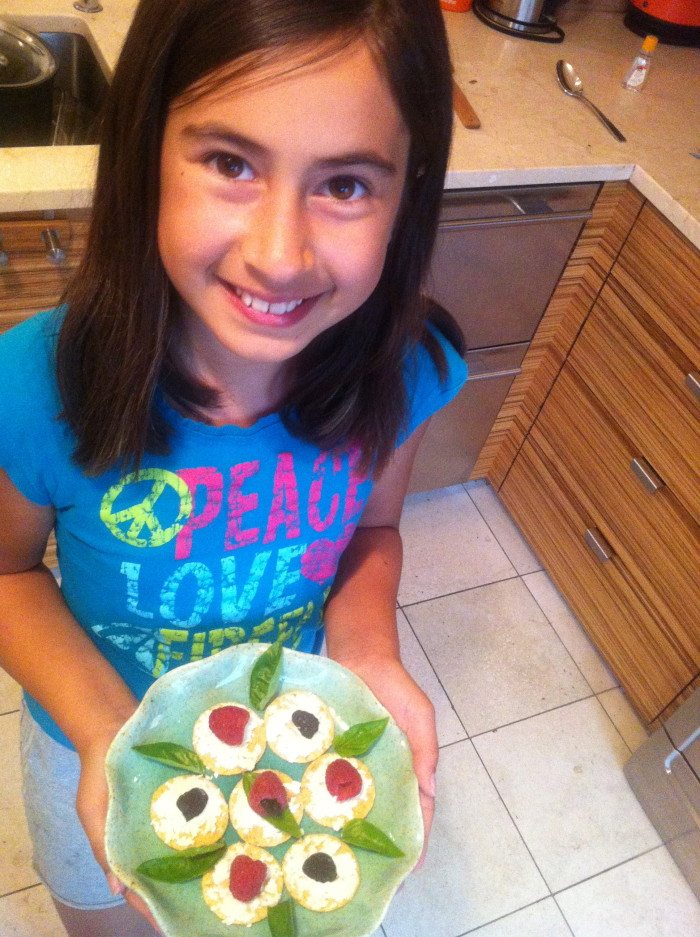
My daughter loves to make beautiful snacks for herself, this is rice crackers with fresh nut cheese, home dried sour cherries, fresh raspberries and foraged fresh basil from our garden.
The unknown and I seem to do well together, I have spent a lifetime making leaps and always seemed to land on my feet. This was going to be the start of another journey. My daughter will be 11 in November and her and I have come a long way. Living in the core of a million plus city can make some things a challenge but it is one we have boldly accepted. This year our 8ft x 8ft urban garden boasts broccoli, kolrabi, peas, carrots, beets, kale, spinach, tomatoes, strawberries, lettuce, arugula, onions, cucumbers and Swiss chard. And while she may be walking distance to 3 Starbucks I am overjoyed to know what she too wakes up early to raid the peas and strawberries and can recognize the smell of good soil.
Photo: Misti Sayani
.

